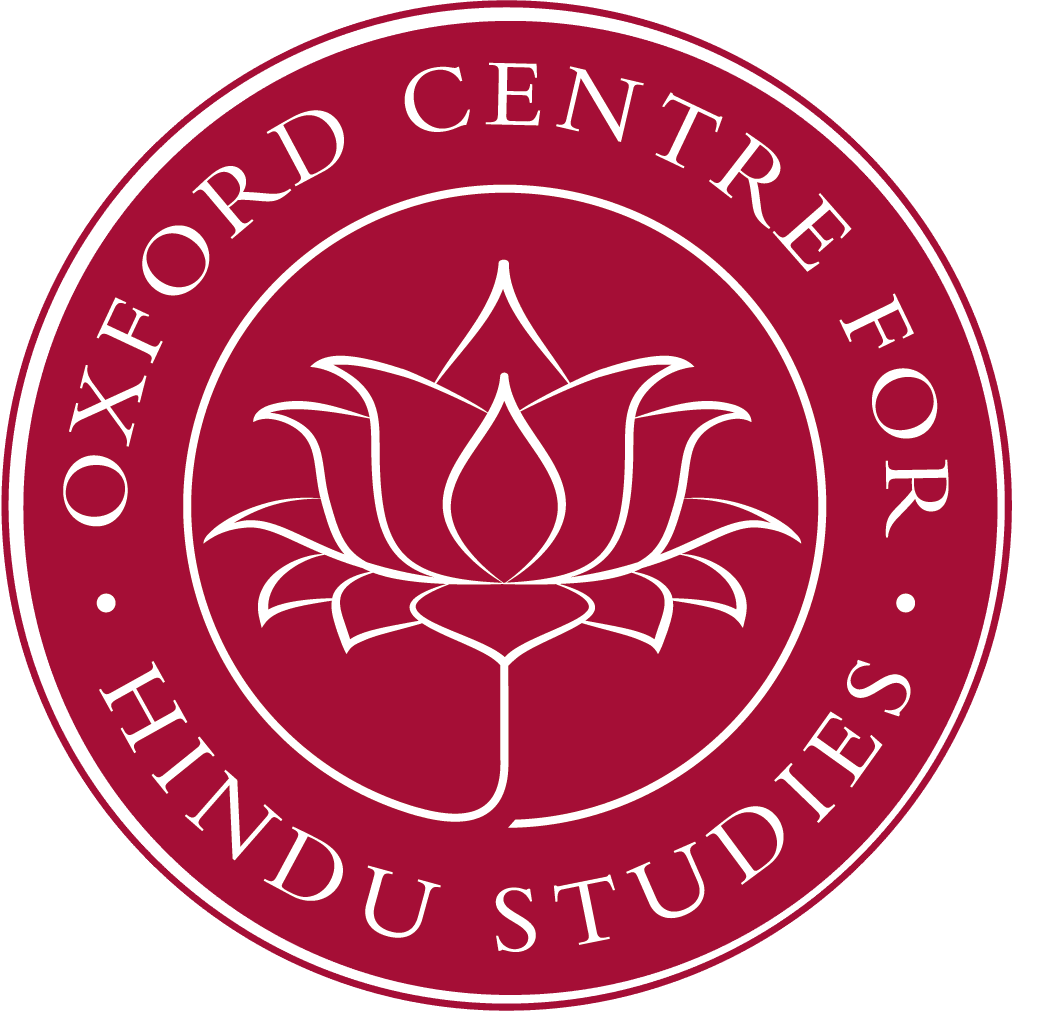The early modern Bangla tales of the legendary or mythic pīrs are romantic narratives that speak to the often strange and puzzling encounters between Hindus, especially Vaiṣṇavs, and Muslims, primarily Sufis. They bring together foreigners and locals, courtiers and country bumpkins, in encounters ripe with a myriad of misunderstandings and false assumptions regarding religion, rituals, and those that practice them. They seek to establish the functional equivalence of religious practitioners, their rituals, and the contours of belief through the vehicle of the generic romance. One of the most popular figures is Baḍa Khān Gājī, who from atop his Arabian stallion commands an army of twenty-five thousand tigers, and wages a successful war against Dakṣīn Rāy, an overlord who rides his own personal tiger and counters with his militia of twenty-five thousand crocodiles (both troops mustered through the interventions of the goddess Caṇḍī). Mānik Pīr, who is famous as a veterinarian, especially for cows, is as irascible as any meditating yogī and demonstrates much the same kind of destructive and beneficent power in his encounters with those who fail to show a proper respect, especially greedy merchants and arrogant brahmins. Olābibī, matron of cholera and other water-borne diseases, teams up with Śitalā, goddess of smallpox, cowpox, and skin diseases such as warts, wens, and eczema. And most widely known, Satya Pīr, carrying both the Qur’ān and Bhāgavat Purāṇ, rescues his followers from penury, while helping women to set right the world after the idiotic actions of their men have confounded the proper order. All of these tales are rife with phantasmagoria equal to anything found in the Arabian Nights, with flying horses, celestial nymphs playing pranks, theriomorphic births, talking birds, and men transmogrified into goats to serve as breeding stock. As Todorov suggests, these fantastic romances produce a special kind of incredulity, a disbelief or suspension of belief that has resulted in their classification as light entertainment for the masses and dismissed as neither Hindu nor Muslim. But I wish to argue that these Muslim texts are undertaking a very serious cultural work that is not possible within the available genres of Islamic history, theology, and law. These texts explore the subjunctive, not in the sense of the way the world should be, but how it might be imagined, how it might come to be. The work of these texts is to explore how an Islamic cosmology might accommodate itself to and then appropriate the predominately Hindu cosmology encountered in the Bangla-speaking world of the early-modern period. Each narrative operates according to a logic of ‘what if . . .’ Perhaps surprisingly, I argue that parody is the critical mechanism by which Islam in these tales is gradually transformed into a distinctly Bengali Islam, that can account for its Hindu, especially Vaiṣṇav, counterpart.
Prof. Tony K. Stewart specializes in the literatures and religions of the Bangla-speaking world, with a special emphasis on the early modern period. His most recent monograph, The Final Word: the Caitanya Caritāmṛta and the Grammar of Religious Tradition (Oxford, 2010), culminated a decades-long study of the Gauḍīya Vaiṣṇava hagiographical tradition that included translating with Edward C. Dimock, Jr., The Caitanya Caritāmṛta of Kṛṣṇadāsa Kavirāja, Harvard Oriental Series no. 56 (Harvard, 1999). From the literatures of the Muslim–Hindu mythic figure, Satya Pīr, he published Fabulous Females and Peerless Pīrs: Tales of Mad Adventure in Old Bengal (Oxford, 2004) and is currently working on a monograph on the popular Bangla romance literatures of the pīrs. With prominent American poet Chase Twichell, he has published the first ever translations of Rabindranath Tagore’s pseudonymous Bhānusiṃha poetry titled The Lover of God (Copper Canyon, 2003). Stewart currently holds the Gertrude Conaway Vanderbilt Chair in Humanities and serves as a Professor and Chair of the Department of Religious Studies at Vanderbilt University.
